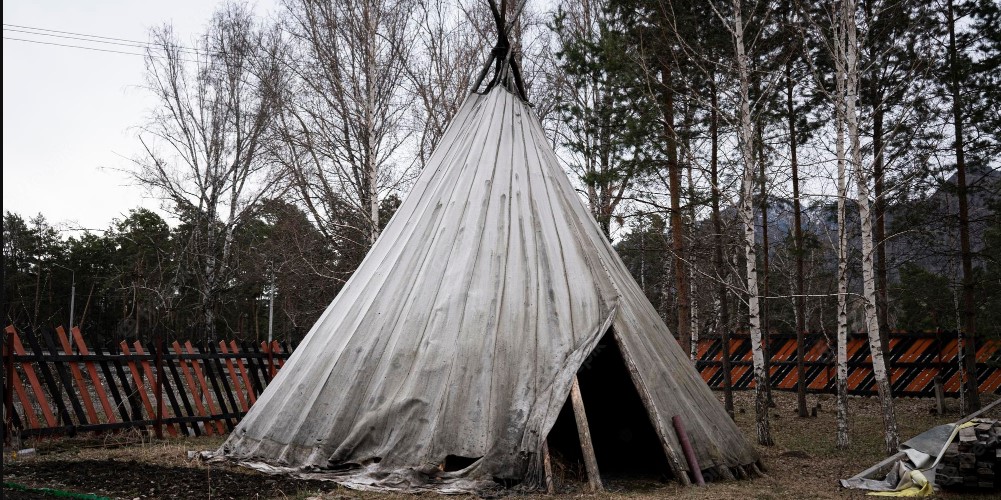The tipi (also written teepee or tepe) was a traditional house for the Plains Indians in North America. People made it from easily obtainable materials like log poles and bison hides. Six to eight persons could comfortably sleep in one of these family homes.
Modern indian tent are structurally identical to traditional ones but are often made from more durable, weather-proof materials. Several craftspeople have recently begun employing period-appropriate materials and finishes once again.
History of Indian Tents
Stretched atop a framework of wooden poles, the tepee's covering may be anything from dressed buffalo skins to reed mats to canvas to sheets of bark. The upkeep and building of tepees were traditionally the jobs of women.
The number of poles used by a woman to erect a tepee typically ranged from three to four, but this varied from tribe to tribe. These primary poles served as the foundation for a conical structure with twenty to thirty additional, shorter poles that leaned inward toward the centre and connected at a somewhat shallow angle.
The top flap, which you could adjust to let the smoke out, and the bottom flap, which could be used as a door, were both left open. Tepees typically ranged in size from 15 to 30 feet (4.5 to 9 meters) in circumference and 12 to 20 feet (3.5 to 6 meters) in height.
To create a massive shelter, two pole frameworks might be placed next to one another in a figure-eight pattern, with poles and covers left out of the adjoining walls. Children's playhouse-sized tepees and even smaller tepees designed as dollhouses are well-documented.
Portability
Modern teepees can be customized to the specific requirements of their owners. Some of these teepees are made to be taken with you wherever you go, and their sizes vary depending on how many people you expect to sleep inside.
Skilled teepee producers utilize synthetic and natural fibre fabrics that are UV- and weather-resistant and weaved specifically for teepee use to provide lightweight teepee components. In most cases, any place that allows tents (according to landowner or campground rules) is an excellent place to set up a teepee.
Tendency Towards Cozyness Within
The traditional Plains Indian teepee served as a cosy winter home and a refreshing summer retreat. The modern equivalent of the teepee achieves the same level of comfort through the strategic positioning of side and top or smoke flaps. The textiles that were chosen also helped keep the temperature stable. To accommodate the intense cold, teepee fabrics and patterns are modified slightly.
Teepees accommodate a fire pit or stove that uses properly seasoned wood for heating and cooking. Proper usage of a wood fire results in smoke rising and exiting via the teepee's smoke flaps at the top, while fresh air enters through the side flaps at floor level.
Pure and Uncomplicated
The most significant benefit of a teepee is the simplicity it provides its inhabitants. As there is no barrier between you and the sounds of nature outside your teepee's door, you may genuinely immerse yourself in your surroundings.
Materials used to construct teepees allow sunlight in, allowing you to rise with the sun and sleep in quiet darkness if you're far from artificial light sources. The interior of a teepee can hold the essentials in terms of storage, yet it will always feel open and spacious because of the height at the centre.


